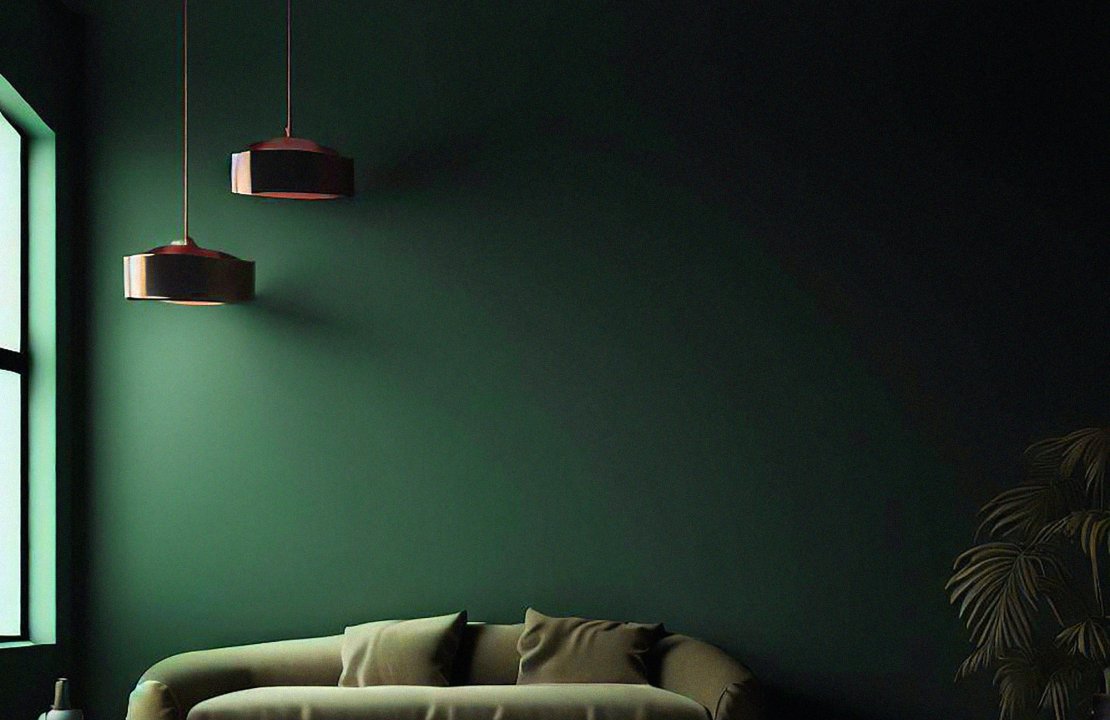Victorian-Era Paint Colours And Their Use In Modern Interiors
By The Victorian Emporium

One of the defining characteristics of Victorian architecture and design was the extensive use of rich and vibrant colours. These colours played a significant role in creating the lavish and elegant interiors that are still admired and emulated today.
Categories: Décor Tags: design, interior design
Be the first to add a comment...